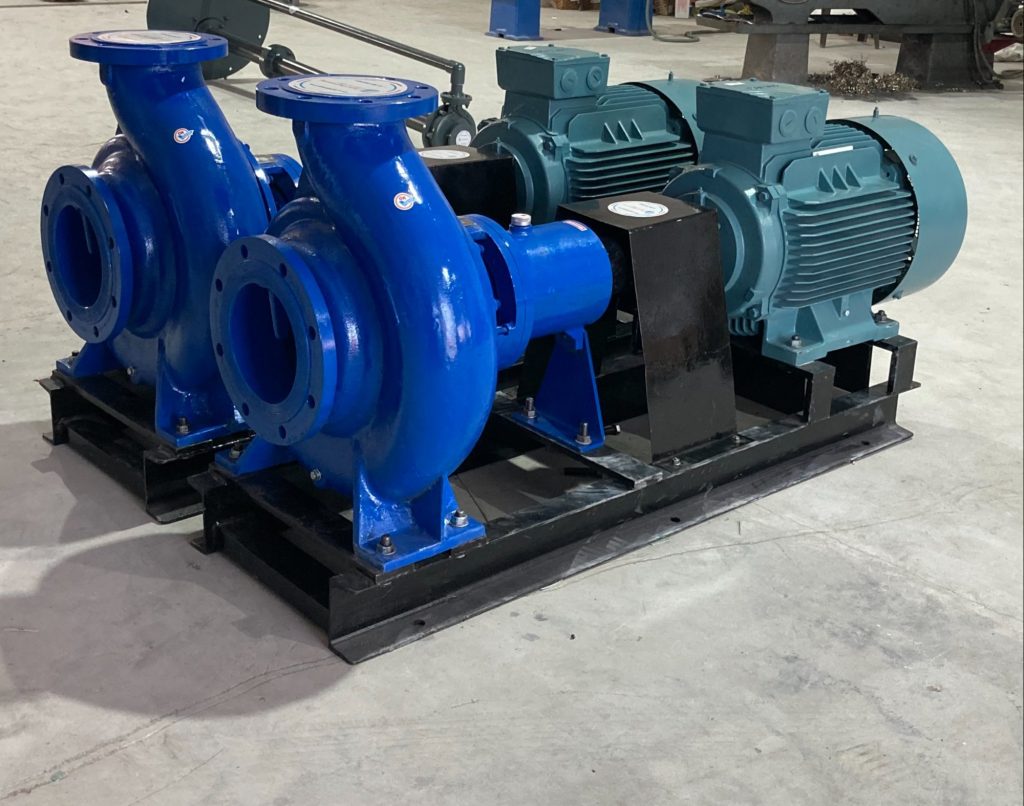The charm of a speedy answer for determined issues like back pain frequently drives people to consider instruments like posture fixers. With their guarantee to realign the spine and right slumping, it’s enticing to accept that these gadgets may be the panacea for all back-related hardships. A back straightener can significantly improve posture and reduce discomfort for individuals with spinal misalignments.Be that as it may, will a posture fixer genuinely fix back pain?
It’s fundamental to comprehend that back pain can emerge from a huge number of causes, including muscle strain, herniated plates, joint inflammation, osteoporosis, and that’s just the beginning. While unfortunate posture is unquestionably a supporter of back pain, it probably won’t be the sole guilty party.
A posture fixer works by empowering the body to keep a more upstanding and adjusted position, subsequently possibly easing weight on specific pieces of the back. For those whose back pain is straightforwardly connected to unfortunate posture — maybe because of delayed sitting or slouching — a posture fixer could give help. By retraining the muscles to take on a better arrangement, a few people might encounter a diminishing in uneasiness and strain.
Notwithstanding, treating expectations is significant. For some, a posture fixer can be a useful device in a more extensive methodology to battle back pain, yet it’s anything but a surefire fix. On the off chance that the foundation of the pain is a more profound primary or clinical issue, a posture fixer alone won’t be the enchanted arrangement.
In summary, while a posture fixer might possibly help with reducing posture-related back pain, it ought not be seen as an independent fix. It’s dependably crucial for approach back pain comprehensively, taking into account every likely component and looking for master guidance. A posture fixer can be a significant part of a more extensive procedure to advance spinal wellbeing, however it’s only one piece of the riddle. A back straightenerhelps improve posture by aligning the spine and reducing slouching.

